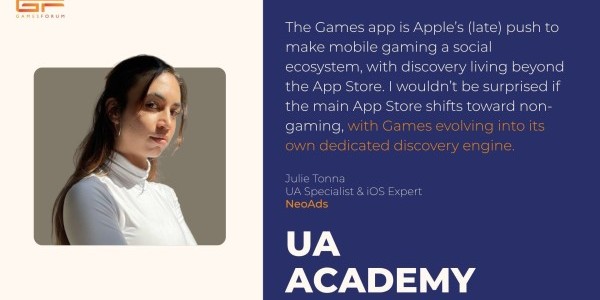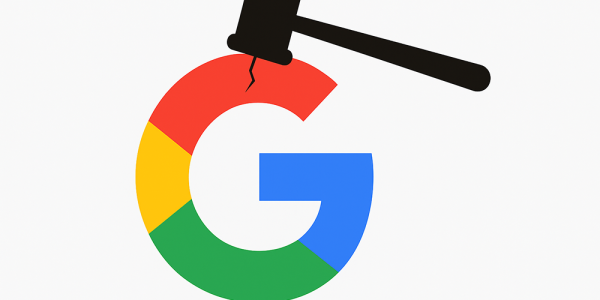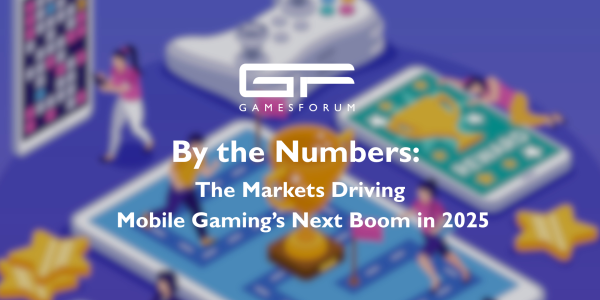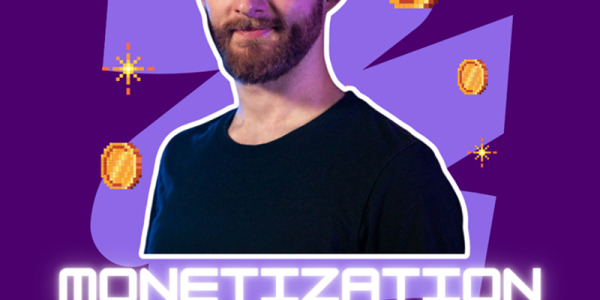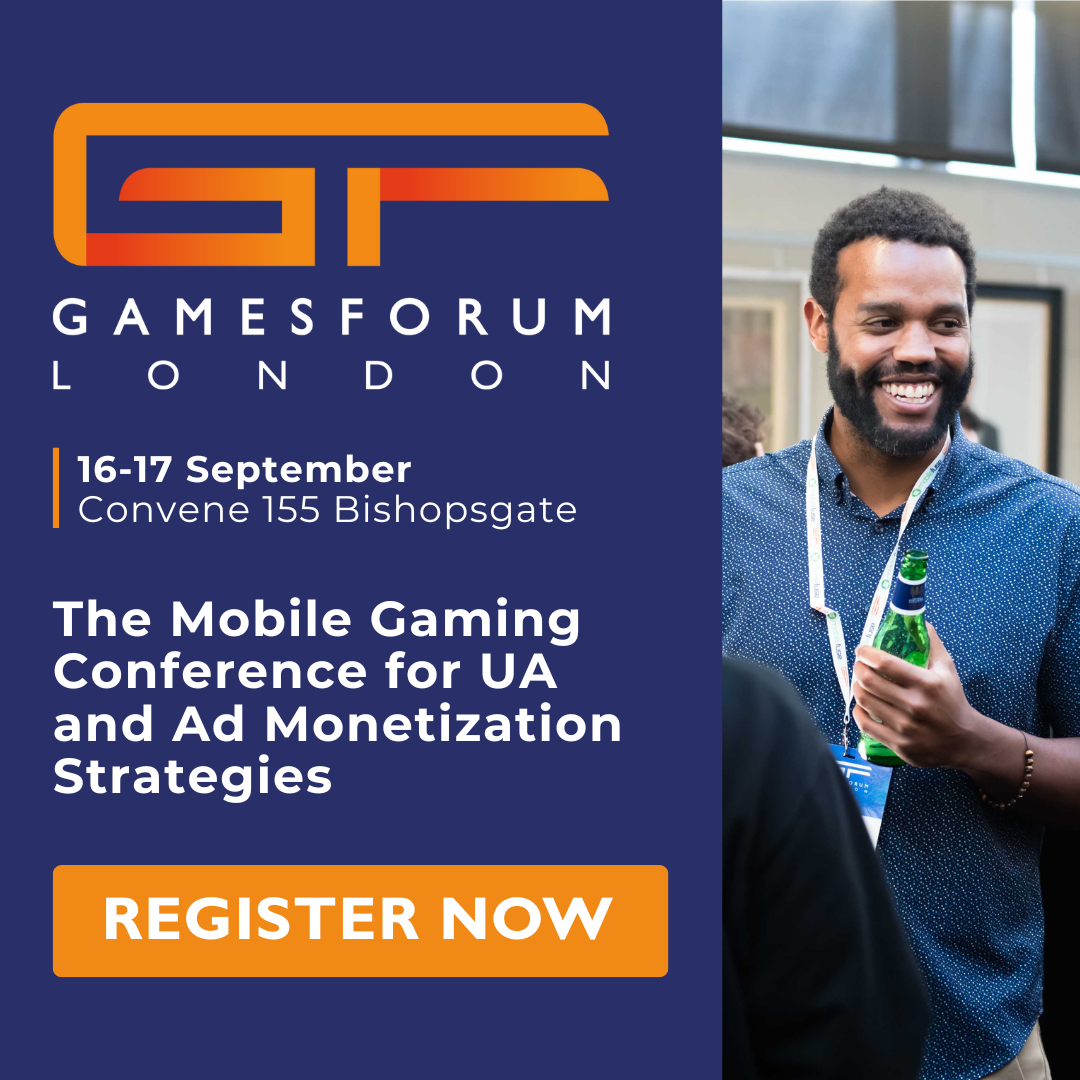“At MY.GAMES, We Increased Revenue by Up to 20% by Identifying High-Value Players in Unexpected Markets’”
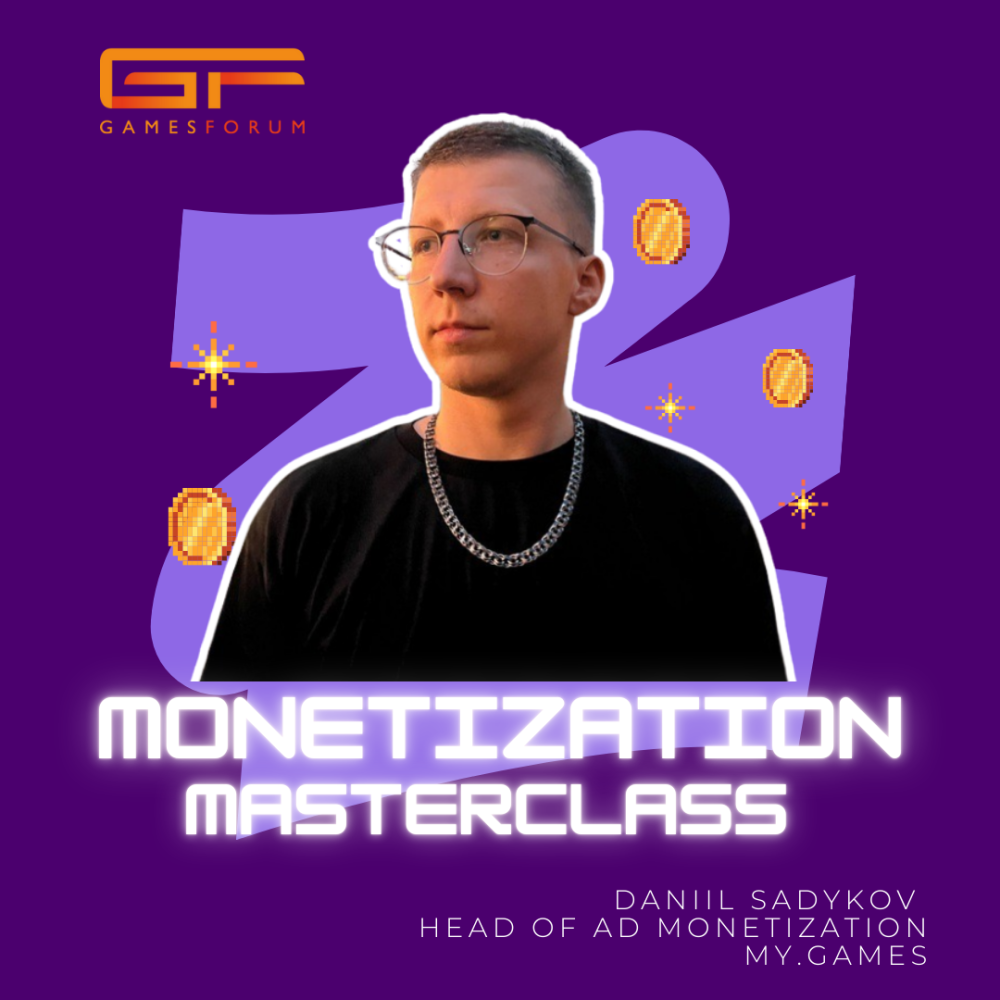
At MY.GAMES, Daniil Sadykov, Head of Ad Monetization, proved that ads don’t have to drive players away - in fact, they can boost engagement and revenue at the same time. By challenging industry assumptions, from the “offerwalls kill in-app purchases” myth to outdated segmentation models, he led a strategy overhaul that delivered a 20% revenue increase.
Here's how.
You built the ad monetization department from scratch. What were the first three structural decisions you made, and why were they critical?
My first structural decisions:
- Assign internal studios to specific ad-monetization managers. Because we operate as a centralized department, it was critical to maintain strong relationships with every studio.
- Introduce regular ad-monetization product recommendations for all projects, including prototypes. For instance, my team prepared ad-placement suggestions for Rush Royale while it was still in the prototype stage.
Adopt a task-tracking system for all ad-monetization work. This helps us meet deadlines, keep a record of completed tasks, and maintain a backlog of future tasks.
Describe a successful A/B test you led for Rush Royale, War Robots or Hustle Castle. What hypothesis did you test, what metric improved, and how did you scale the outcome across multiple titles?
Most often, we start testing our hypotheses on small projects and then use the successful ones as best practices within the company and spread them across the entire portfolio. The two main metrics we are trying to improve are ARPDAU and LTV. Typically, we achieve this by increasing the percentage of players who view ads or increasing the number of impressions per user, but it can also be achieved by introducing new formats or optimizing existing ones.
For example, we tested the minimum cost per impression. As a result of the tests, we were able to obtain a large volume of impressions, which we use for our own purposes, without compromising overall revenue and even with a slight increase.
How did your user segmentation model differ from standard approaches, and what measurable impact did it have on ad revenue and performance?
Since 2022, we have been using user value instead of traditional GEO segmentation. This setting previously helped us increase revenue by up to 20% because it allows us to identify players with high eCPM outside of tier 1 countries. The result is smaller now, but we use this segmentation in other areas.
Outline your process for evaluating and integrating a new ad network. Which KPIs and incrementality tests do you prioritise?
Usually, we collect feedback from mediators/other publishers about the ad network. Then, we find candidate projects that are ready to test. Our main KPIs are the SDK's technical stability and incremental growth of 3-5%.
Can you provide an example where you partnered with a game studio to optimise an in‑game ad experience? What trade-offs were considered and resolved?
We work with all our studios to improve the in-game ad experience. For example, it used to be a big problem to implement the offerwall format, as studios were convinced that this format had a negative impact on in-app purchases. The solution was to conduct A/B tests, which showed us that offerwall users are among the most core users who earn in-game currency in every way possible. We also saw that revenue from offerwalls is incremental and does not negatively affect in-app purchases.
Our main KPIs are the SDK's technical stability and incremental growth of 3-5%.
How have you stayed ahead of emerging ad-monetization trends? Which of your implemented strategies have been adopted by others in the industry?
We communicate extensively with various partners and other game studios. We also keep up to date with all the latest news and useful information. I have also received feedback from several people who consider Rush Royale's in-app advertising to be among the best on the market.
How do you manage the trade-off between maximising ad revenue and preserving a positive player experience? What metrics or frameworks guide your decisions?
The main metric in this case is retention, and we make sure that advertising does not have a negative impact on this metric. We also monitor player feedback. That is why we do not use aggressive approaches in our games, such as two-minute unskippable videos, which you can find in a lot of games nowadays.
You consistently exceeded market benchmarks. What specific benchmarks did you use, how did your performance compare, and what levers drove those results?
We monitor benchmarks published by mediators and analytical platforms. These include engagement rate and impressions per DAU broken down by ad type, as well as eCPM. We are successfully outperforming the market on all these benchmarks and want to stay ahead.




